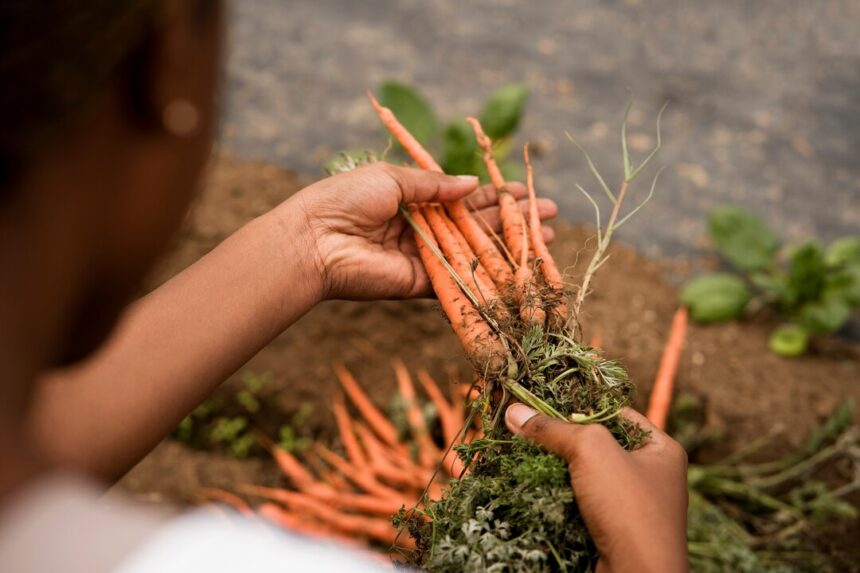Root vegetables are a staple in many gardens and kitchens, prized for their versatility, nutritional value, and delicious flavor. From carrots and potatoes to beets and turnips, these underground treasures offer a bounty of culinary possibilities. However, harvesting root vegetables requires careful timing, technique, and attention to detail to ensure a successful and bountiful harvest. Whether you’re a seasoned gardener or new to root vegetable cultivation, here are some best practices to help you maximize your harvest and enjoy the fruits (or rather, roots) of your labor.
1. Timing Is Key
Knowing when to harvest root vegetables is crucial for optimal flavor, texture, and nutritional value. While each type of root vegetable has its own specific harvesting window, a general rule of thumb is to harvest when the vegetables have reached their mature size but before they become overgrown, woody, or tough. Most root vegetables are best harvested in the fall after they have had time to fully mature and develop their flavor.
2. Pay Attention to Soil Conditions
Before harvesting root vegetables, it’s important to assess soil conditions to ensure optimal harvesting conditions. Avoid harvesting root vegetables after heavy rainfall or when the soil is waterlogged, as this can cause the vegetables to become muddy and difficult to clean. Instead, aim to harvest when the soil is dry but not overly compacted, making it easier to gently lift the vegetables from the ground.
3. Use the Right Tools
Having the right tools on hand can make harvesting root vegetables a breeze. A sturdy garden fork or spade is essential for gently loosening the soil around the vegetables without causing damage or breakage. For delicate root vegetables like carrots and radishes, a hand trowel or fork may be more appropriate for precise digging and lifting.
4. Handle with Care
When harvesting root vegetables, handle them with care to avoid bruising or damaging the delicate skin. Use gentle pressure to loosen the soil around the vegetables and avoid yanking or pulling on the tops, as this can cause the vegetables to break or snap off prematurely. Instead, gently wiggle the vegetables back and forth until they release from the soil.
5. Trim and Clean Immediately
After harvesting, it’s essential to trim and clean root vegetables promptly to preserve their freshness and flavor. Use a sharp knife or garden shears to trim off any excess foliage or roots, leaving a few inches of stem attached to the vegetable. Then, rinse the vegetables thoroughly under cold water to remove any dirt or debris, taking care not to scrub too aggressively and damage the skin.
6. Proper Storage
Proper storage is key to prolonging the shelf life of harvested root vegetables and preserving their quality and flavor. Store root vegetables in a cool, dark, and well-ventilated location, such as a root cellar, basement, or refrigerator crisper drawer. Avoid storing root vegetables near ethylene-producing fruits like apples and bananas, as this can cause them to spoil more quickly.
7. Enjoy the Harvest
Finally, don’t forget to enjoy the fruits (or roots) of your labor! Root vegetables are incredibly versatile and can be enjoyed in a variety of ways, from roasting and grilling to steaming and sautéing. Get creative in the kitchen and experiment with different recipes and cooking methods to make the most of your harvest.
Harvesting root vegetables is a rewarding experience that allows you to enjoy the bounty of your garden and savor the flavors of the season. By following these best practices for timing, technique, and care, you can maximize your harvest and enjoy a plentiful supply of delicious and nutritious root vegetables throughout the year. So roll up your sleeves, grab your garden fork, and get ready to reap the rewards of your hard work and dedication in the garden!
Join 'Farmers Mag' WhatsApp Channel
Get the latest Farming news and tips delivered straight to your WhatsApp
CLICK HERE TO JOIN






